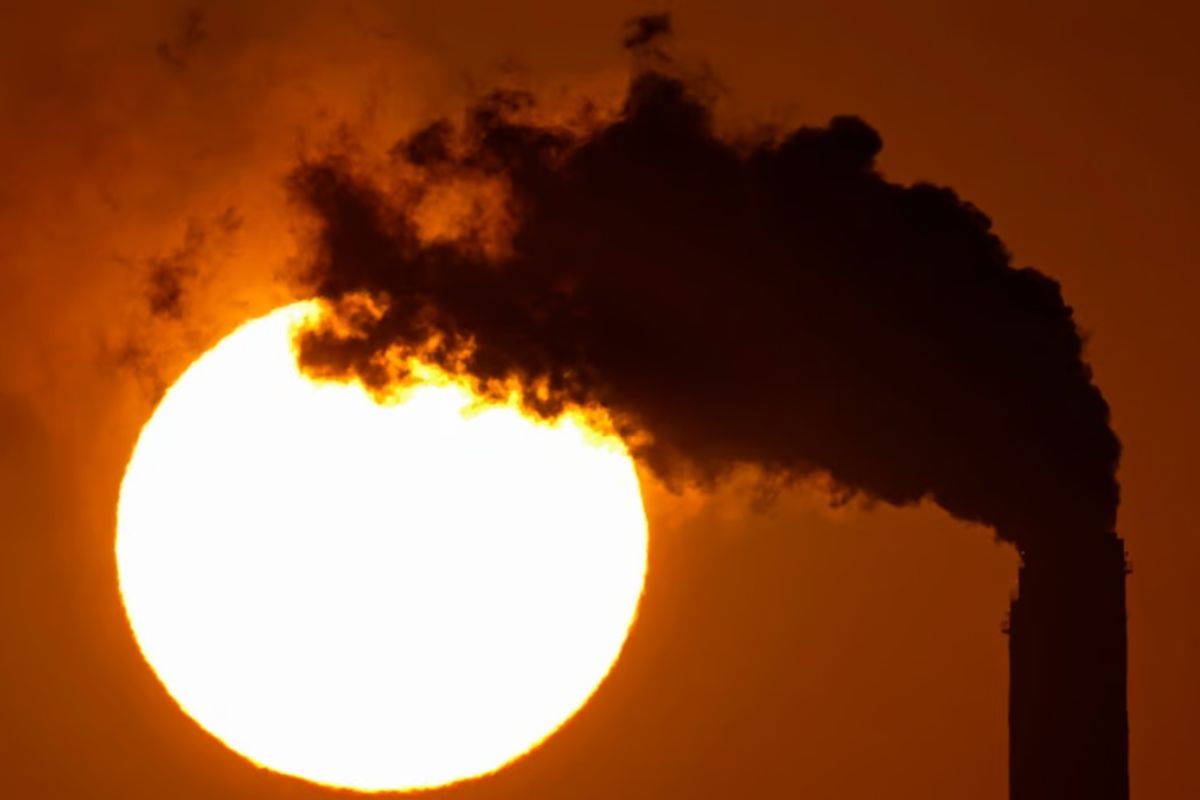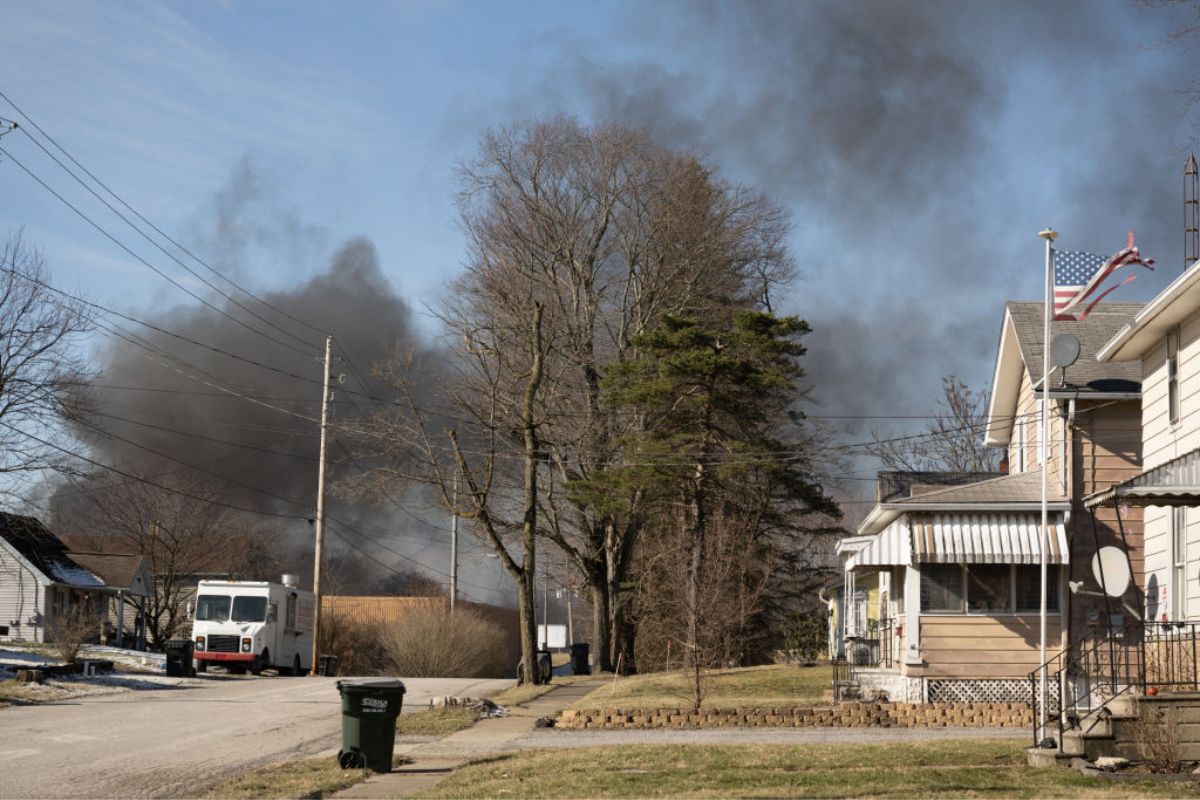California and New York Targets Air Pollution: In a promising move towards combating air pollution and reducing greenhouse gas emissions, California and New York have recently spearheaded an alliance that includes nine states, targeting the adoption of heat pumps as a climate-friendly solution.
This multi-state agreement sets ambitious goals for the widespread implementation of heat pumps, aiming to address the pollution caused by fossil fuel combustion in buildings. With the backing of industry leaders, government agencies, and environmental advocates, this alliance seeks to pave the way for a sustainable future.
As we the details of this groundbreaking initiative, we will explore the legal status, industry support, and the potential impact of heat pump adoption on air quality and climate change mitigation.
Key Takeaways
- Multi-State Agreement: Nine states, including California and New York, have signed a Memorandum of Understanding (MOU) to promote heat pump adoption in residential buildings.
- Ambitious Targets: The goal is to have 65% of residential heating, cooling, and water heating equipment sales be heat pumps by 2030, with a further target of 90% heat pump adoption by 2040.
- Benefits of Heat Pumps: Heat pumps are more energy-efficient, can be powered by renewable energy sources, and contribute to climate change mitigation by reducing energy consumption and greenhouse gas emissions.
- Collaboration and Support: Industry giants like Schneider Electric, Siemens, Ikea, eBay, Trane, and Carrier support the agreement, and there is collaboration between states, the private sector, and environmental advocates to advance heat pump adoption.
Multi-State Agreement Sets Ambitious Targets for Heat Pump Adoption
A multi-state agreement has been established, setting ambitious targets for the widespread adoption of heat pumps in the United States.
The Memorandum of Understanding (MOU), signed by nine states including California, Colorado, and New York, aims to promote the use of heat pumps as a more energy-efficient alternative for residential heating, cooling, and water heating equipment.
The agreement outlines a plan to have 65% of such equipment sales be heat pumps by 2030, with a further goal of reaching 90% by 2040.
This collective effort recognizes the crucial role of heat pumps in combating climate change and transitioning towards a more sustainable future.
Heat Pumps as Climate-Friendly Solutions
Heat pumps have emerged as climate-friendly solutions for residential heating, cooling, and water heating equipment. Here are four key reasons why heat pumps are considered eco-friendly:
- Energy efficiency: Heat pumps are more energy-efficient compared to traditional heating and cooling systems. They can extract heat from the air, ground, or water, and transfer it indoors or outdoors as needed, using less energy in the process.
- Renewable energy integration: Heat pumps can be powered by renewable energy sources such as wind and solar. This allows for a reduction in greenhouse gas emissions and a shift towards cleaner energy alternatives.
- Electric nature: Heat pumps are electrically powered, making them compatible with future clean energy integration into power grids. This enables the utilization of renewable energy at a larger scale and reduces reliance on fossil fuels.
- Climate change mitigation: By reducing energy consumption and utilizing renewable energy, heat pumps contribute to the mitigation of climate change. They help decrease greenhouse gas emissions and promote a more sustainable and environmentally friendly approach to heating, cooling, and water heating in residential buildings.
Legal Status and Industry Support
As the adoption of heat pumps continues to gain momentum as a climate-friendly solution, the legal status and industry support surrounding this technology are becoming increasingly significant.
While the Memorandum of Understanding (MOU) formed by the nine participating states is not legally binding, it signifies a strong commitment to promoting the use of heat pumps. This lack of legal constraints means that individual states will need to develop their policies and incentives to effectively deploy heat pumps.
However, industry giants such as Schneider Electric, Siemens, Ikea, eBay, Trane, and Carrier have expressed their support for the agreement. This shows a collaborative effort between states and the private sector in advancing the adoption of heat pumps.
With industry support and the commitment of these states, the prospects for the widespread adoption of heat pumps as a climate-friendly solution look promising.
Addressing Pollution from Fossil Fuel Combustion in Buildings
The transition away from Fossil Fuel combustion in buildings to address pollution is a pressing environmental imperative for the nine states involved in the Air Pollution Heat Pump Alliance. Here are four key aspects of addressing pollution from fossil fuel combustion in buildings that the alliance aims to tackle:
- Developing an action plan: The alliance is focused on creating a comprehensive plan to facilitate the widespread electrification of residential buildings, with the ultimate goal of achieving zero-emission structures.
- Overcoming opposition: State and local governments often face challenges in countering opposition to bans on new gas hookups. The alliance aims to address this by finding ways to effectively communicate the benefits of transitioning to cleaner alternatives.
- Major source of pollution: Buildings are a significant contributor to energy-related greenhouse gas emissions globally. The alliance recognizes the need to reduce the use of fossil-fueled heating equipment in buildings to combat pollution.
- Cleaner alternatives: The alliance emphasizes the importance of transitioning to cleaner alternatives, such as heat pumps, which can provide efficient heating and cooling without relying on fossil fuels.
Through these efforts, the Air Pollution Heat Pump Alliance aims to make significant progress in reducing pollution from fossil fuel combustion in buildings and promoting sustainable, environmentally-friendly practices.
Also Read: California Noncompete Law and Its Instant Business Implications
Industry, Government, and Environmental Advocates Unite for a Sustainable Future
Industry leaders, government officials, and environmental advocates have come together in a collaborative effort to pave the way towards a sustainable future. This alliance represents a significant step in addressing the pressing need to reduce air pollution and combat climate change.
With the support of major industry players and a commitment from governments to direct investments towards low-income households and disadvantaged communities, this initiative aims to achieve energy efficiency and reduce the environmental impact of residential buildings. By focusing on the adoption of heat pumps, which are more climate-friendly than fossil fuel combustion, this multi-pronged strategy signals a positive trajectory towards a greener economy and healthier homes.
This united front demonstrates the power of collective action and highlights the importance of collaboration between various stakeholders in creating a sustainable and climate-friendly future.
Conclusion Of California and New York Targets Air Pollution
The formation of the air pollution heat pump alliance by nine states, including California and New York, marks a significant step towards addressing pollution from fossil fuel combustion in buildings.
This multi-state agreement sets ambitious targets for heat pump adoption, recognizing their potential as climate-friendly solutions.
With industry, government, and environmental advocates uniting for a sustainable future, this alliance demonstrates a collective commitment to combatting air pollution and transitioning towards cleaner and more efficient heating systems.
Our Reader’s Queries
What is a California heat pump system?
A heat pump, integral to home climate control systems, efficiently moves heat between spaces, employing a compressor akin to that found in refrigerators. In colder weather, the heat pump extracts warmth from the external environment and channels it indoors for heating purposes.
Does California have a heat pump rebate?
In 2023, the Department of Energy (DOE) issues guidance to states, providing information on how to apply for funding for residential energy rebate programs and contractor training under the Individual Retirement Account (IRA). In 2024, California submits its application to the DOE for funding, and concurrently, the California Energy Commission (CEC) releases a funding opportunity for potential applicants.
What is the California air conditioning law 2023?
Effective January 1, 2023, the efficiency standard for air conditioners in the southwest region has been elevated from 14 SEER to 15 SEER. All air conditioning units installed in California are required to meet or surpass this updated efficiency rating.



